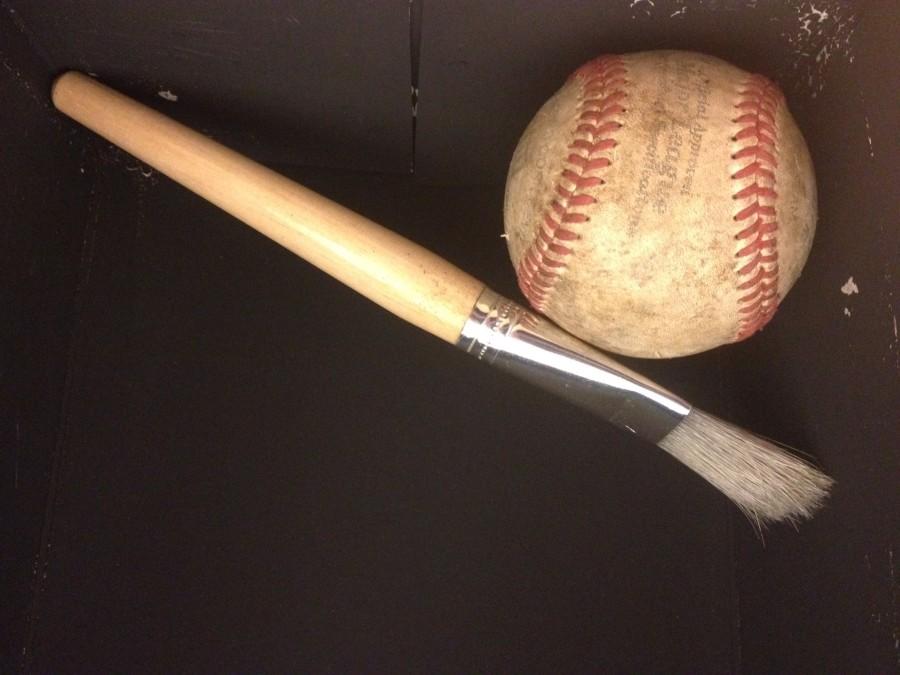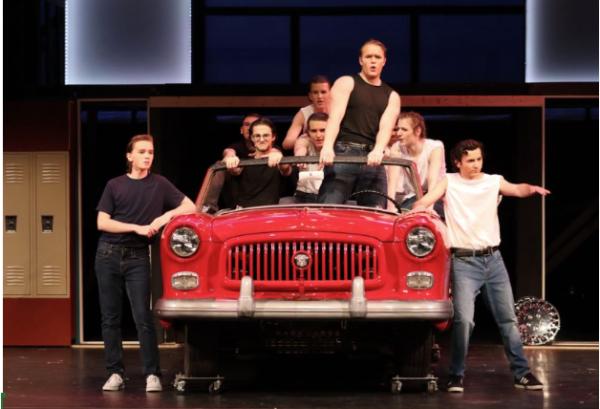The Funding Feud
High school rivalries have been around since the beginning of high school itself. Whether it’s nerds vs. jocks, “populars’ vs wallflowers, or burnouts vs try-hards, one group always rules over the other. Today, the artists and athletes are battling it out—but in an entirely new way. Unlike their ancestors’ petty brawls, these groups are fighting over funding, funding that keeps being cut year after year. The arts departments are always the first to go, but at Adams High School, they’re not going without a fight.
In Michigan, $11,716,501.90 total has been spent on education this year. According to Michigan.gov, Michigan’s education budget has been increasing for the past three years. While that may seem like great news, where is all that money going?
According to art teacher Amy Limon, many donations are given to the arts every year. Limon, however, wonders if the donations are seen as “extra” instead of a necessity to afford art supplies.
In her opinion, art is seen as a “special” activity. Ever since elementary school, music and art classes have been called “specials” or “extras”.
“It’s like an extra that everyone has to take. This might be part of the reason why it’s brushed over,” Limon said.
Even if it is an extra or special activity, shouldn’t art be treated equal to any other activity?
What about sports? The track outside is pristine, and the brand new football gear practically glistens. If athletics are “extra” too, why do they appear to get more funding?
In fact, the majority of sports, like cross country and track, do not get new jerseys every
year like the football team does. One might say that the football team, or sports in general, are allowed these privileges because they run more fundraisers and try to get donations.
While that logic is not necessarily flawed, there is still something wrong about their claim. Athletics are after-school activities, not classes. The arts department is severely lacking in funds. Limon says the current budget is one of the lowest she has ever seen, and Adams students are not blind to this.
“The band room looks [bad]… the arts department doesn’t have all the classes it should have,” Senior Chris Abell said.
With a lower budget and supplies running ragged, how can students get their proper art education?
“A lower budget limits creativity,” art teacher Deb Bovio said,
Her statement could not be more true. With a lower budget, there is no room for making mistakes, which would just waste the already limited supply of materials. Some people can argue that the arts can “just get cheaper supplies”. Cheap supplies, however, are cheap for a reason; they can be hard to work with.
While athletics are obviously important to people, so are the arts. Many people look past the beneficial impact of art class on students. It has been proven time and time again that art improves test scores. According to a report listed on www.pbs.org, “In another 2009 study, 12 years of data was collected for the National Educational Longitudinal Survey to look at the effect of education, visual, and performing arts on the achievement and values of children. The study found that students who were highly involved with the arts outperformed less-involved peers, even within low socioeconomic groups.”
According to Matthew Lynch, a writer for The Huffington Post, “Students in the school—the lowest income district in all of New York—participated in a four-year arts integration program that took students from basically no arts learning to multi-faceted lesson plans with arts inclusion. The results? An eight percent improvement in Language Arts scores, 9 percent improvement in math scores and less absenteeism.”
There doesn’t have to be a funding feud but—if the arts keep getting shoved under the rug, while the athletic departments is thrown money, the arts will fight back.










